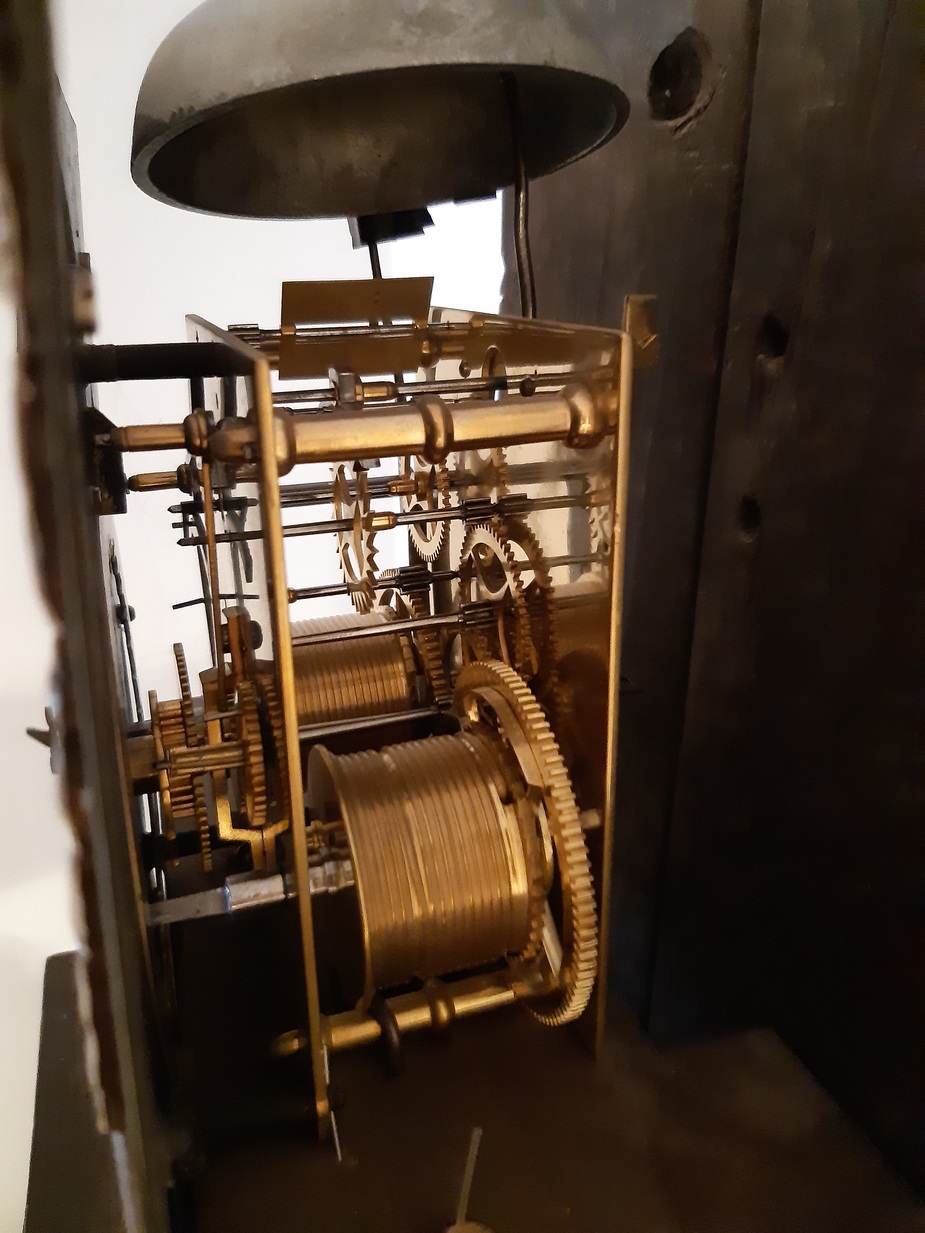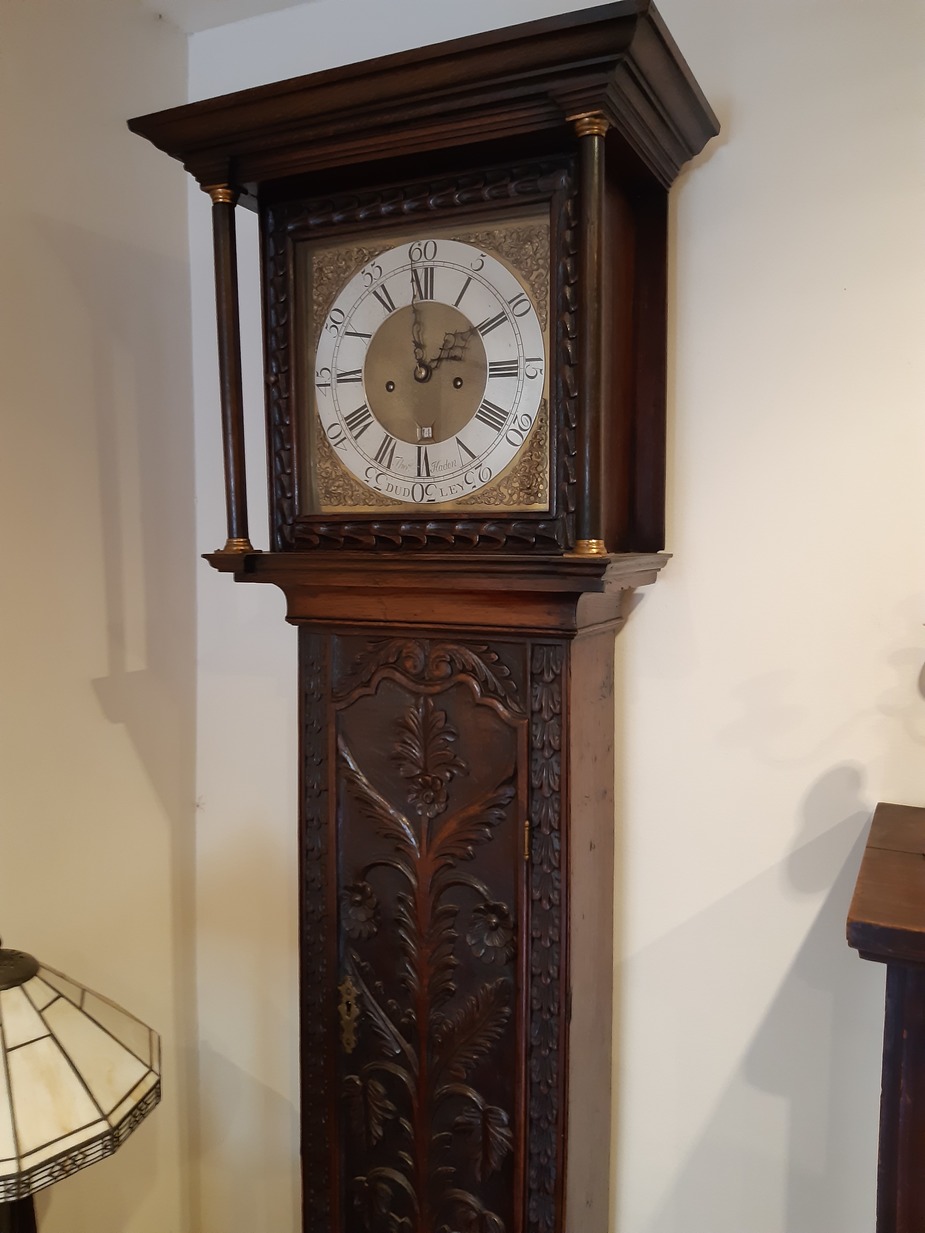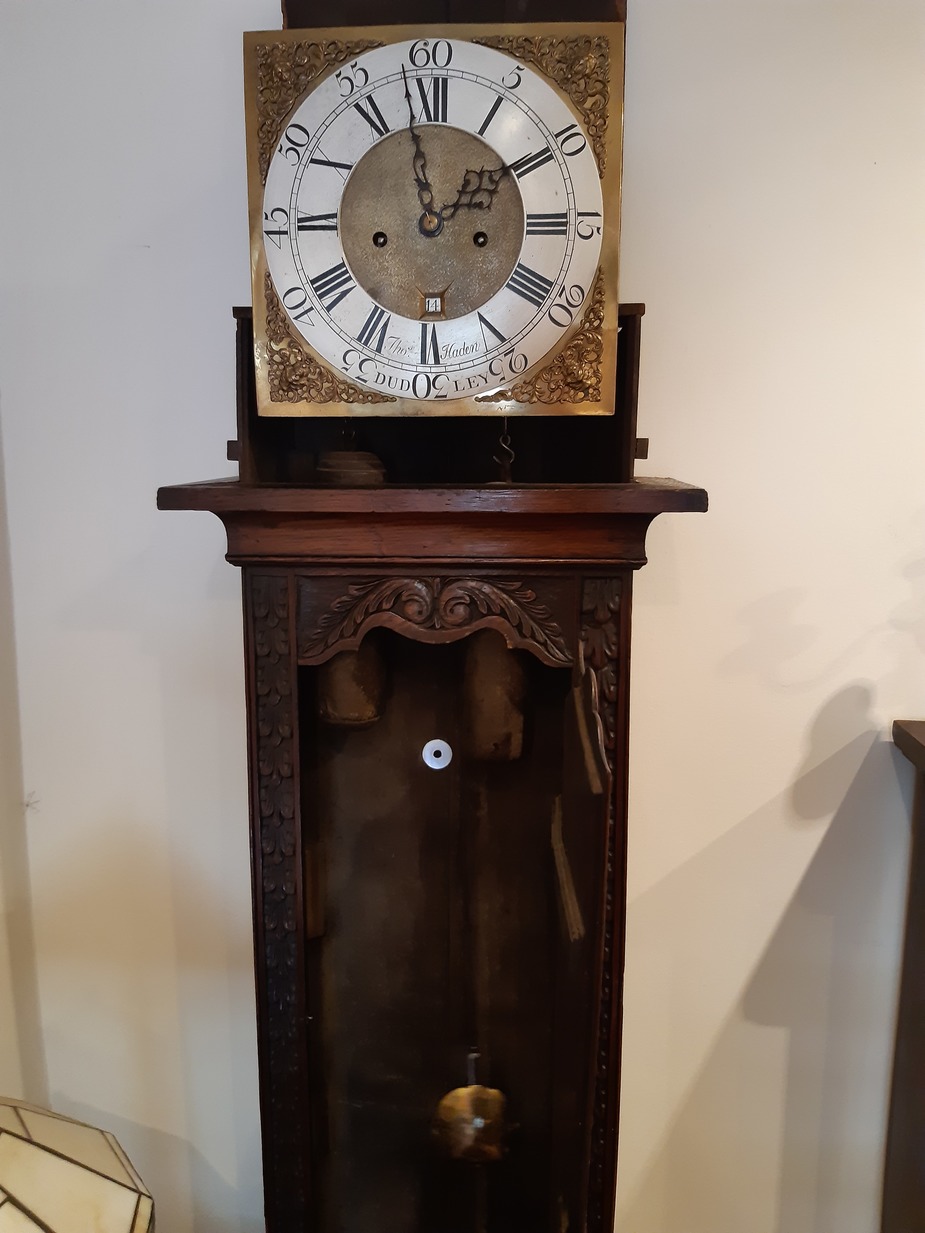I better finish my little “Swiss watch” story… for amusement.
A few years ago my mum died and left a bit of money. I gave nearly all to my kids but kept a little bit for myself; not least because I had a huge hassle dealing with my sister as a joint power of attorney and doing all the paperwork for the estate for a few years while mum was in the care home system with Alzheimer’s.
So I decided to buy myself a Swiss Watch. A proper Swiss Watch, mechanical of course, not one of the silly quartz crystal toys which no pilot would be seen dead wearing and on which the battery goes flat when on a trip somewhere where you can’t get a battery.
I bought a secondhand IWC – the one shown in the video here. It was about half of the new price, but had not been made for some years. Well below Ebay prices, too.
Having heard some stories about what hassles you can have with these Swiss Timepieces, I of course demanded a manufacturer service (known to be ~500 quid) before buying it. The shop resisted vigorously, of course. Eventually they agreed to send it to a “trade watchmaker”, who was Omega Authorised (wow). Presumably he was cheap and just washed it out in a bucket of petrol and stuck a new o-ring in there from an Ebay watch service kit 
But it ran well, and was only a few seconds a day off. I wear these things 24/7, even when swimming, etc.
A few months later, on a ski trip, I looked at it and thought Gosh look at the time; it is lunchtime but I am not really hungry. A quick look at the phone showed it to be roughly an hour fast.
It was running a few seconds per minute fast.
It was intermittent though. Luckily I got that video, because nobody believed me.
Back it went to that watchmaker. He changed a few things. Then it was ok for a few more months. Then the same thing came back – on another ski trip I seem to recall. Back it went. This time he changed something called a barrel. It then ran ok for almost a year. Very accurate; better than 1sec/day.
Incidentally, doing some digging around, I found that this fault is quite common. It is sometimes called knocking. Brietling watches (which mostly use the same ETA7750 mechanism as IWC and most of the Swiss watch business) suffer from it, not least because Brietling mod the 7750 with a stronger spring. But why should it be intermittent?
This time the shop washed their hands of it, as did the “trade watchmaker”. So I thought I better bite the bullet and get IWC to do a service on it. Apparently they take it all to bits and replace everything which is not right. Many, if not most, people would have put it on Ebay, which is unethical, plus in the UK you are forced to accept Paypal which is wide open to fraud.
IWC sent in a quote. All very posh. A watch is a “timepiece”. A service is a “technical intervention”. This whole business is so full of bullsh1t… The quote was £500 for the service and… £1700 for a new ceramic case! Apparently the case was damaged.
They sent me photos. The ceramic case was chipped, very subtly and not in a way which most people would spot unless looking for it. They would not touch it unless I paid for a new case. It was a blatent ripoff. Again, Ebay was considered, and looking at “completed auctions” I would have got my money back and more, but rejected for the same reasons as before.
But it was really weird. I have close-up photos. The case was spotless until shortly before it was sent to IWC. So where did the chips come from? The chips are on the underside, not where it might get banged against something while it was worn. All explanations are hard to believe. One is that the last time it went to the watchmaker, he swapped the case. Another is that somebody at IWC did a “private job” and swapped the case. The least unlikely is that it got damaged in the post.
So the choice was to throw the 2.2k at it, or end up with a useless watch. Or perhaps hand it to another “watchmaker” to play with, with no assurance of anything. There are a lot of cowboys in this business…
It came back from IWC and worked, but it usually did. Only time would tell (no pun intended). But it ran 8 secs/day fast. The spec is minus 0 plus 7 secs. So back it went. It came back after some weeks (!) and runs 5secs/day fast 
I could stick it on Ebay now and recover most of the total cost but with Paypal being mandatory on Ebay UK, no way would I risk it. And a shop would offer only half of Ebay.
One lesson is that these Swiss Timepieces are good for one thing: sitting on a watch winder 

and you wear them when going out socially, and not look at them too much because the time on the front is quite possibly not worth a damn 
Another lesson is: avoid ceramic case watches. They are incredibly easy to damage or even smash up completely. Lots of pics on google…
The proper solution which avoids the battery is a solar powered watch and you can get these for low 3 digits nowadays; probably less.
The value of “entry-level” Swiss mechanical watches is in the sounds and the looks of the movement – not so much in their accuracy. You can get a Grand Seiko if that’s what you’re after – or a http://www.dodane1857.fr/collection/type-23/mecanique/ that is certified by the Besançon observatory (better than the Swiss observatory as Besançon tests the watch after final assembly, the Swiss only test the movement).
Actually the Dodanes are made to order and they do custom dials as well – maybe an EuroGA special edition would have some success, with delivery during a fly-in at the factory :-)
Edited: I wrote “entry-level” but I meant ETA-based – nothing negative there :)
ETA based watches go up to beyond €10k nowadays…
Oh, no doubt about that. Which is kind of crazy for a 400 euros movement.
Is that what it costs in OEM quantity? 
IWC change some bearings for jeweled ones.
Doesn’t have to be OEM quantities apparently: http://www.ofrei.com/page_183.html https://www.leosics.co.uk/eta-7750-valjoux-mechanical-watch-movement.html etc ..
I’m sure that there is much more involved in building a watch that just fitting a movement in a case, but still ..
A mechanical watch at plus or minus 7 seconds a day is not really accurate enough for me – I don’t want to adjust my watch every day. Thus I wear quartz watches but I do like a nice-looking one.
On the subject of accuracy, attached are pictures of the long case clock that I have in my house. Based on the design and decoration it can be dated to about a 10-15 year period and this one is believed to have been made sometime around 1750. The case would originally have been plain and the carving is a Victorian ‘improvement’.
My research tells me that with a clock of this age anything less than a minute gained/lost per week (it is an eight-day clock, wound once per week) is quite good. This one happens to be accurate to about 15 seconds each week.
It is in good condition and I picked it up at a house-clearance auction for £300. It is worth about £3,000 – £4,000, and although I knew next to nothing about clocks at the time of the auction it became obvious to me that there was no-one there who knew anything at all about clocks because there was no serious competition in the bidding. I think the reserve price was about £250. Shortly after buying it I paid £1,000 for a complete service, which takes the guy about two weeks and is mostly replacing bearings. The service improved the timekeeping from about 30 seconds per week to 15. It seems the norm is to have a service like this about once every 10 years, but it would probably run for 50 years even if you never gave it another drop of oil.



It is interesting how the various challenges for accurate timekeeping (essential for e.g. longitude determination in navigation) were gradually addressed over the centuries.
15 secs/week in 1750 is still amazing, however. How did they check it? What more accurate time reference was around back then? Or maybe they didn’t and only today you can.
If I could offload this IWC thing, I think something like a solar powered Tissot

for roughly 1/10 of the cost of the cheapest of these Swiss “dress watches” (even the “top gun” IWC watches are made of flimsy ceramic) would be a good solution for the “battery problem”. However, based on what I have seen of another Tissot which has spent much of the last 10-15 years in need of a repair, it isn’t any more reliable than any purely mechanical watch. Maybe the whole Tissot “Touch” range is junk?
Peter wrote:
15 secs/week in 1750 is still amazing, however. How did they check it? What more accurate time reference was around back then? Or maybe they didn’t and only today you can.
I don’t think they had anything they could really check it with, other than the best clocks they had. Comparison was probably to a ‘known good’ clock, but of course how good that clock was would have been quite subjective. With a sundial you could probably make some reasonable performance check over 24 hours.
A watch of course brings new problems, because like a marine chronometer one must manage without a pendulum.